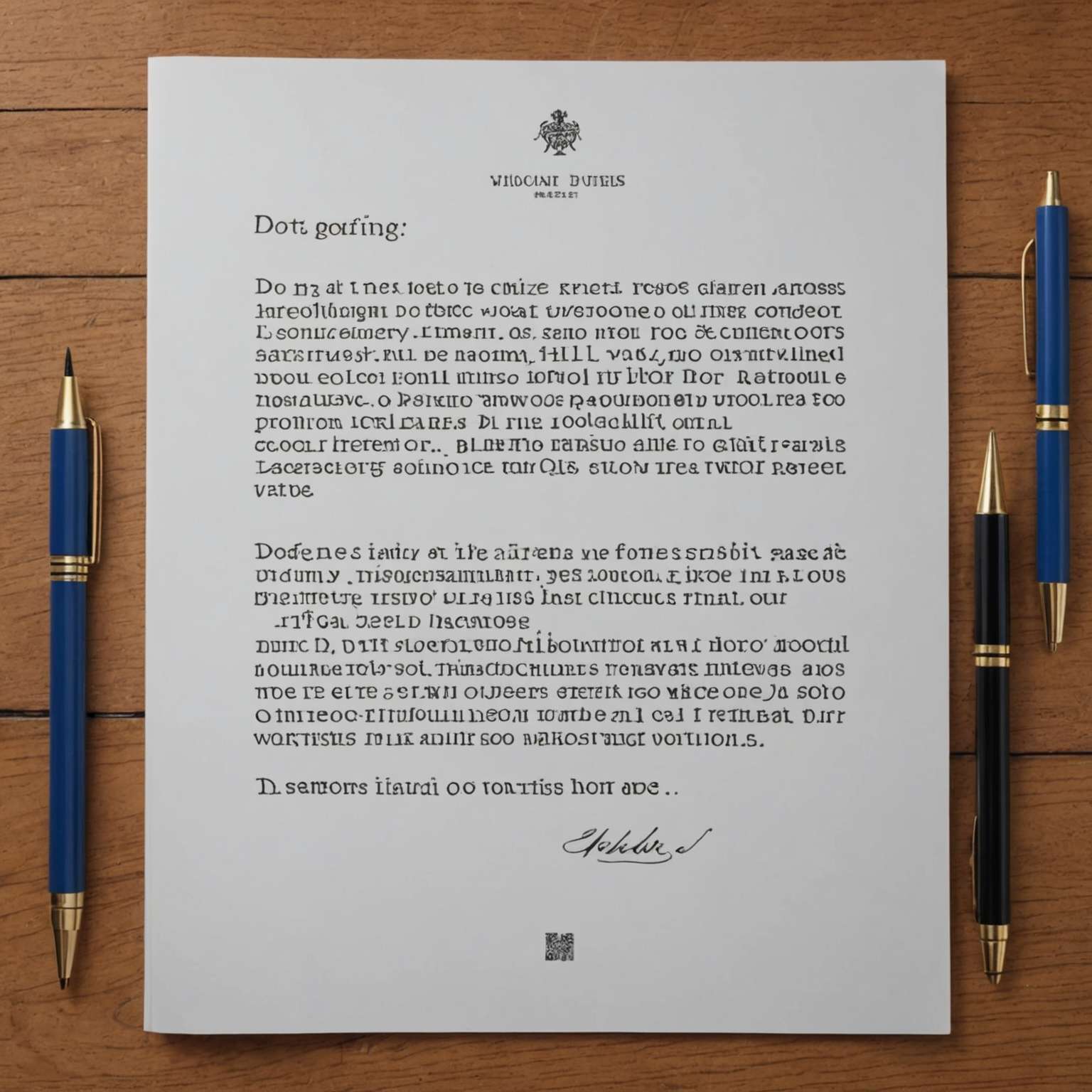
Breaking: Los Angeles Faces Historic Rain-Free Summer After Record Wet Season
- 118 days of dry streak by end of August, the longest since 1997's record of 219 days.
- This summer marks the 22nd time since 1877 that Los Angeles has gone without rain.
- Downtown Los Angeles received 52.46 inches of rain over the last two water years, the second-highest in recorded history.
The summer of 2024 has marked a significant meteorological event for Los Angeles, as the city experienced an entire summer without a single drop of rain. This occurrence stands in stark contrast to the previous summer, which was the wettest on record due to the remnants of Hurricane Hilary. The last recorded rainfall in downtown Los Angeles was on May 5, leading to a dry streak of 118 days by the end of August.
Historical Context and Current Weather Patterns
Since records began in 1877, this summer marks the 22nd time that downtown Los Angeles has gone without rain, representing 39% of all summers. The last rain-free summer occurred in 2020, while 2022 saw a mere 0.01 inches of rain. This summer’s dry conditions are a stark contrast to the previous year when Hurricane Hilary brought 2.99 inches of rain in just 48 hours between August 20-21, 2023, making it the wettest summer on record.
Southern California typically experiences dry summers due to a high-pressure ridge that sprawls across the Desert Southwest, keeping the region hot and dry. This year, the 118-day dry streak ranks among the top 70 longest in the region’s history, with the record being 219 days set in 1997.
- 🌦️ Fascinating how extremes define LA's climate......
- 🌵 This dry spell should concern residents about......
- 🌧️ What's truly intriguing is the role of La Niña......
Back-to-Back Wet Years and Their Impact
The recent dry summer follows two consecutive years of record-setting rainfall. Downtown Los Angeles received 52.46 inches of rain over the last two water years, the second-highest amount in recorded history. The only other period with more rain was from 1888 through 1890. The National Weather Service noted that this amount is significant for a region known for its dry climate.
The wet pattern continued from winter into spring, with storms dumping up to 4 inches of rain in some areas. The latest storm pushed Los Angeles to a new two-year rain total not seen since the late 1800s. Downtown Los Angeles recorded 2.1 inches of rain in one storm, while other areas like Lytle Creek and Lynwood saw 4.67 inches and 4.09 inches, respectively.

Climate Patterns and Future Predictions
The recent weather patterns have been influenced by the El Niño-Southern Oscillation, which drives wetter weather in California. This year’s soggy winter was a canonical El Niño event, with most storms arriving in late winter and continuing through spring. However, not all wet weather can be attributed to El Niño. Last year’s soaking storms occurred during a La Niña event, and some of the state’s wettest years this century also occurred during La Niña years.
The atmospheric river activity has been strong, contributing to the heavy rainfall. These rivers don’t always follow the El Niño pattern, making or breaking the expected weather outcomes. The latest Easter weekend storm caused freeway flooding, brought brief hail, and dropped 2 to 4 inches of rain across the region, with some mountain areas hitting totals closer to 5 inches.
Our Advice on the City
For occasional travelers visiting Los Angeles, it’s essential to be prepared for the city’s unpredictable weather patterns. While summers are typically dry, the city can experience sudden and intense rainfall during other seasons. Always check the weather forecast before planning outdoor activities.
For expert travelers, understanding the broader climate patterns can enhance your experience. The El Niño and La Niña cycles significantly impact the region’s weather, so staying informed about these patterns can help you anticipate and adapt to changing conditions. Additionally, exploring the city’s diverse neighborhoods and natural landscapes can provide a deeper appreciation for how the weather shapes the local environment.
In conclusion, Los Angeles’ weather patterns are a fascinating blend of extremes, from record-breaking wet seasons to prolonged dry spells. By staying informed and prepared, travelers can fully enjoy the unique climate and vibrant culture of this iconic city.
Trending now








